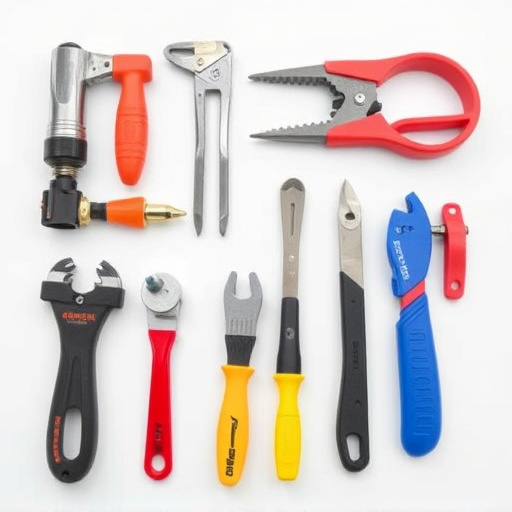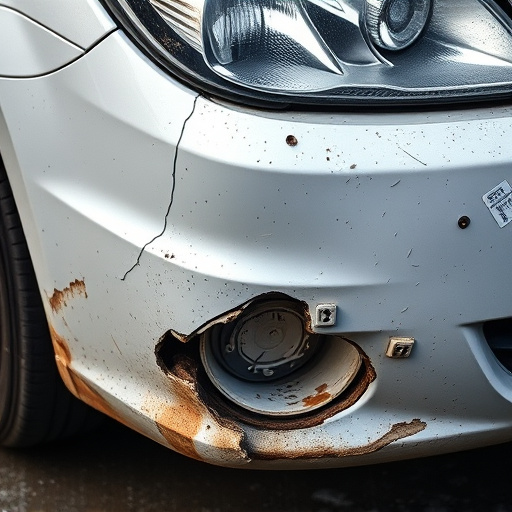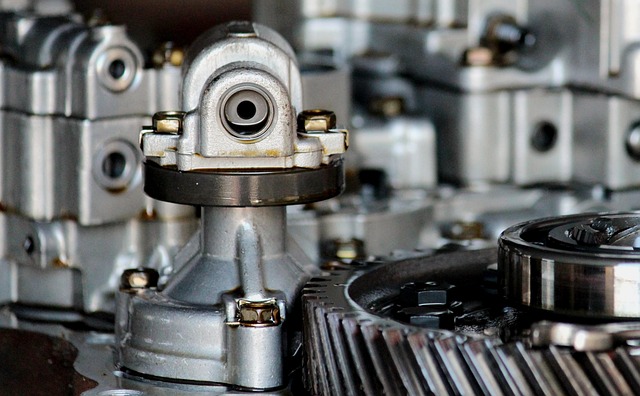The repair option explanation process is crucial for auto damage restoration, providing car owners with informed choices between collision repair and specialized services like auto frame repair. Through detailed discussions, estimates, and documentation, trained professionals ensure customers understand the extent of damage, proposed repairs, and associated costs. Transparent documentation, including work orders and repair details, empowers owners to make decisions based on budget, time, and aesthetic preferences, fostering customer satisfaction and trust in repair shops. Standardized forms or digital systems streamline this process, minimizing errors and miscommunication.
In the realm of consumer protection, the repair option explanation (REP) process is paramount. Effective documentation plays a crucial role in ensuring transparency and fostering trust between businesses and customers. This article delves into the intricacies of the REP process, highlighting why proper documentation is essential. We explore best practices for comprehensive record-keeping, ensuring fairness and accountability in the repair industry. By understanding these practices, both businesses and consumers can navigate repairs with confidence, making informed decisions.
- Understanding the Repair Option Explanation Process
- The Role of Documentation in Ensuring Transparency and Trust
- Best Practices for Comprehensive Documentation during REP
Understanding the Repair Option Explanation Process

The repair option explanation process is a crucial step in any auto collision or damage repair journey. It serves as a bridge between the initial assessment and the actual restoration work, ensuring that customers are well-informed about their vehicle’s condition and the available repair options. This process involves a detailed discussion where a trained professional explains the scope of damage, provides estimates for different repair approaches, and clarifies any potential outcomes. By understanding this process, car owners can make informed decisions regarding their vehicle’s restoration, whether opting for a full collision repair at a trusted collision repair center or choosing more specialized services like auto frame repair.
For instance, when dealing with car paint services, the explanation process might cover topics such as color matching techniques, paint repair vs. replacement considerations, and the time frame required for specific procedures. This knowledge empowers individuals to choose the best course of action based on their budget, time constraints, and desired vehicle aesthetics. Whether it’s a simple dent removal or a complex auto frame repair, a thorough explanation ensures customers are satisfied with the outcome and feel confident in the chosen repair method.
The Role of Documentation in Ensuring Transparency and Trust

Documentation plays a pivotal role in the repair option explanation process, fostering transparency and building trust between repair shops and their customers. When a customer brings their vehicle in for auto maintenance or repairs, whether it’s an auto glass repair or extensive auto body services, they need clarity on the issues identified and proposed solutions. Comprehensive documentation ensures that every step of the diagnosis, repair, and service process is well-recorded and easily accessible.
This includes detailed reports, work orders, and explanations that outline the extent of the damage, recommended repairs, and estimated costs. By keeping accurate records, repair shops can demonstrate their professionalism and integrity, assuring customers that they are making informed decisions. For instance, in the case of an auto glass repair, documenting the crack’s size, location, and potential safety risks helps customers understand why replacement is necessary. Such transparency not only educates but also empowers car owners to choose the best course of action for their vehicles.
Best Practices for Comprehensive Documentation during REP

Comprehensive documentation is an integral part of the Repair Option Explanation (REP) process, ensuring transparency and clear communication between auto collision centers, automotive body shops, and their customers. During a REP, it’s crucial to document every step, from initial assessment to final repair details. This includes recording customer information, vehicle specifications, the extent of damage, proposed repair methods, and estimated costs.
Best practices dictate that this documentation should be clear, detailed, and easily accessible for future reference. Using standardized forms or digital systems can streamline the process, reducing errors and miscommunication. For instance, auto frame repair documentation should meticulously outline the alignment and structural integrity checks performed, ensuring any issues are addressed before proceeding with the repair. This level of detail not only benefits the customer by providing a clear understanding of their vehicle’s condition but also serves as a valuable reference for the automotive body shop, facilitating efficient and accurate repairs.
Effective documentation is a cornerstone of the repair option explanation (REP) process, fostering transparency and rebuilding trust between businesses and consumers. By meticulously recording every step and decision made during REP, stakeholders gain clarity, ensuring accountability and enabling informed choices. Embracing best practices in documentation not only streamlines the process but also enhances customer satisfaction and safeguards against potential disputes, ultimately strengthening the reputation of repair services.














